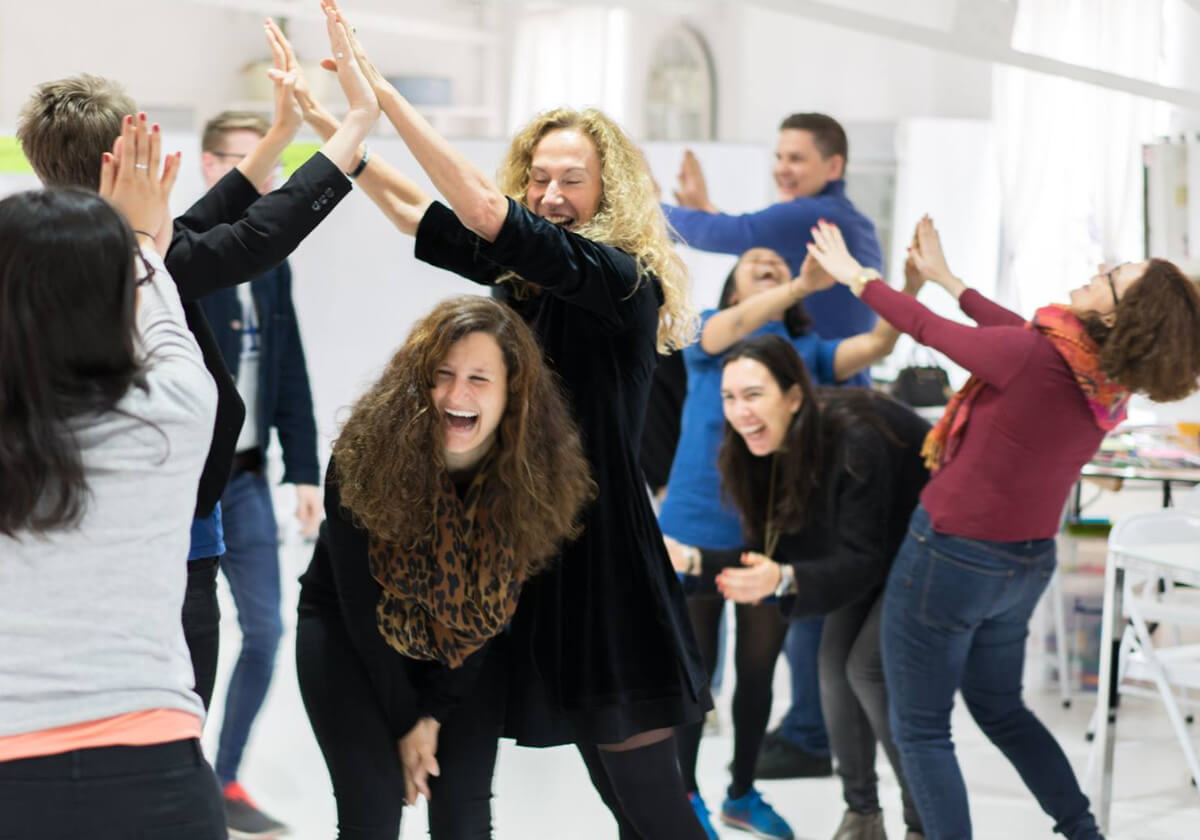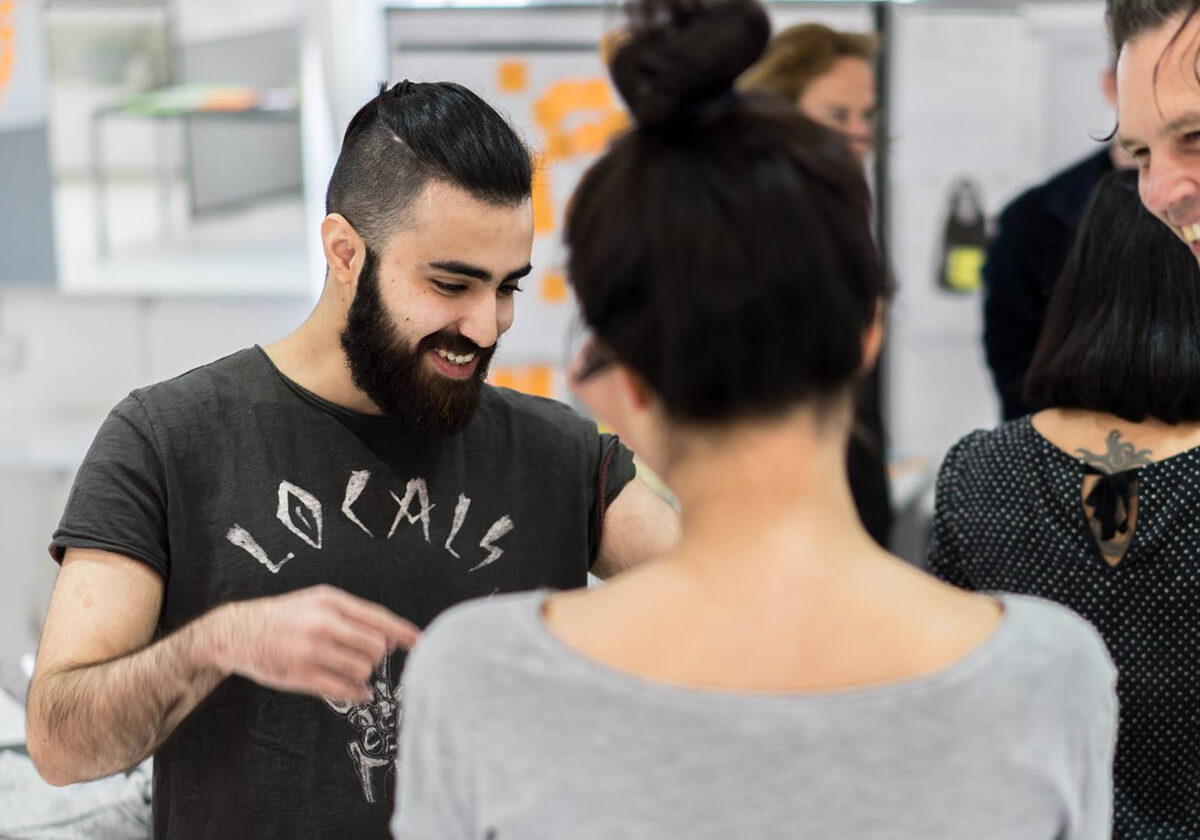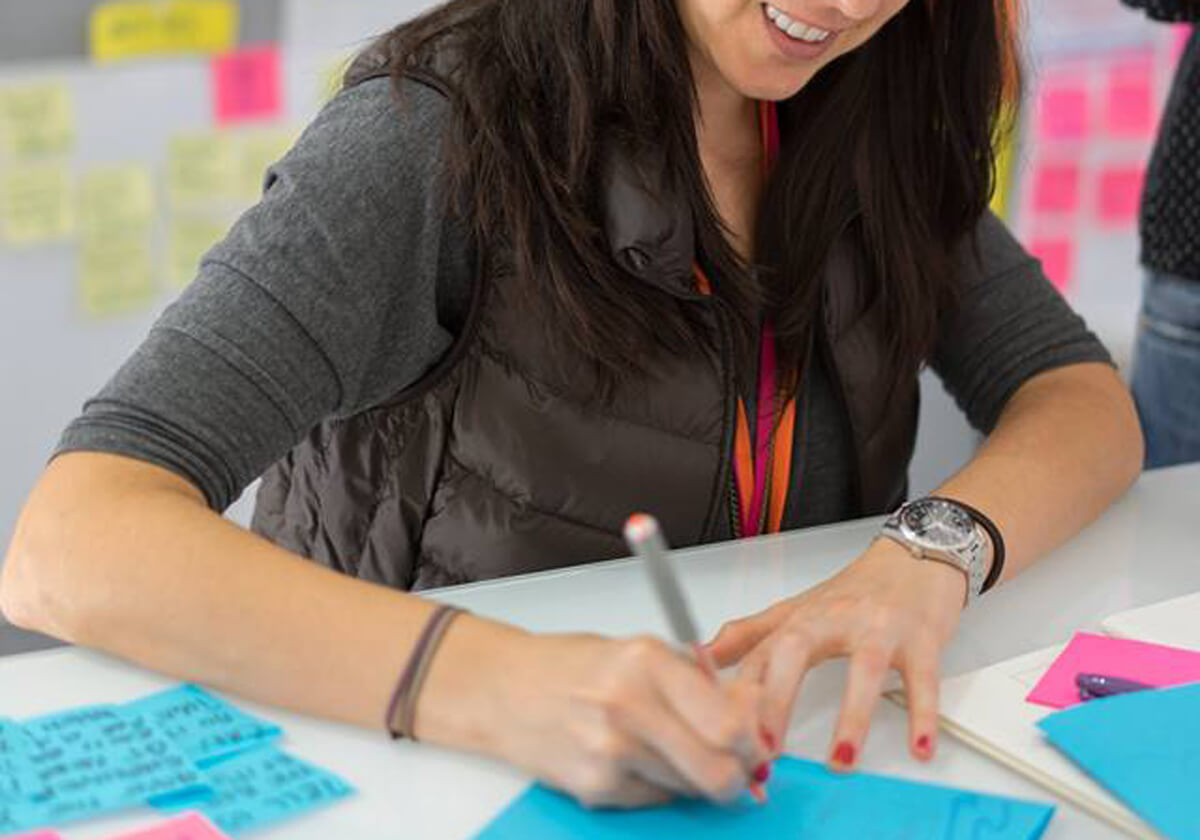Why Design Thinking?
A human centered approach for innovation
Organizations want to stay competitive and in order to do that, they need to reassess the way they are structured and function. Furthermore, it is important to build lasting relationships with your customers. Complicated problems like this need more attention than meets the eye. However, Design Thinking delivers the innovative ideas and solutions needed to solve these problems. It is a human-centered mindset that closes the gap between origanzations and people.
Closing the ‘reality gap’ between organizations and people should be the number one priority of any innovative company. As a result, people centered approaches like Design Thinking, Social Design and Service Design have emerged because they provide us with useful and holistic methods and tools to bridge the gap.
What is Design Thinking?
Design Thinking is an activity-based, iterative and continuous process with a strong emphasis on learning-by-doing, empathy and co-creation. It connects various disciplines. From research and strategy to design and policy. In addition, it inspires and challenges a team to strengthen their ability for creative problem solving.
Furthermore, it builds the necessary environment and mentality to make change happen for organizations. Design Thinking is human-centered, it places people at the heart of a challenge.
The Double Diamond of Design Thinking
The diagram of the Double Diamond maps the design process. It is based on a research study by the U.K. Design Council and dissects the design process in a simple graphical way by dividing it in four distinct phases: Discover, Define, Design and Deliver.
Winning companies, such as Apple, Virgin, Toyota, and others innovate continuously because of their culture of design thinking. As a result, they integrate the needs of people, the possibilities of technology, and the requirements for business success. Design-led companies put people first, not technology.
Design Thinking follows the same diamond shaped flow of divergent thinking followed by convergent thinking. From discovering customer and stakeholder insights (diverge) to defining the real challenge (converge) and from open minded brainstorming for possible ideas (diverge) before refining and narrowing down to the best idea (converge).
Tool Time!
Design Thinking throws various tools in the mix to assist non-designers to think more like designers when they tackle organisational problems. These tools guide the conversations in the different phases. During high-energy workshops and Bootcamps, groups work with sheets, canvases and post-its to exchange thoughts and brainstorm around new ideas. However, the tools are flexible and can always be changed in support of specific needs.
“We strongly believe that design can be used more effectively at a strategic level in organisations.”
Interested in Design Thinking?

Our main objective is to provide you with hands-on tools that you can use immediately the next day in your working environment.

Besides the training program you will be handed out a toolkit, certificate and access to the DT Academy Network virtual environment.

Furthermore, the end result aims at a transformation of the participants, knowledge of tools and methods, a deep understanding of the value of design, and professional & personal growth.
